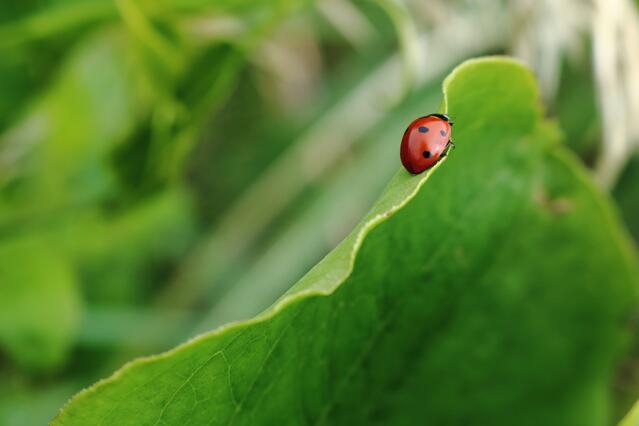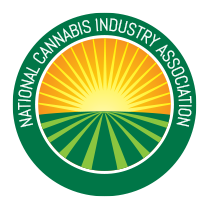Growing marijuana can be quite an enjoyable practice, whether growing in a closet at home or running a grow with thousands of plants. The best way to take all the fun—and profit—out of growing is to let plants become infested with pests.
For farmers, pests just come with the territory. They must be dealt with or they will destroy whole plants, if not entire crops, turning investments to dust.
Indoor and outdoor growers have different pest challenges. We won’t get into the differences here since we’re just touching on the subject. Let it suffice to say that indoor grows, because they are in a limited ecosystem, have fewer predatory insects, but are also more prone to disastrous infestations because those insects have no natural predators.
Outdoor grows, on the other hand, plants have a natural ecosystem to help maintain balance—although they have a wider variety of pests, including things like snails and slugs, mammals, larger insects such as locusts, etc. Outdoors, in a natural ecosystem, there are also natural predators. (Even so, additional predators—or pesticides—may be needed.)

For a commercial grower, the decision to use pesticides or introduce beneficial insects may be influenced by state regulations, which often prohibit the use of chemical pesticides. No matter which method(s) a grower chooses, it’s important to track actions and track results at every step of the process.
Insects in Cannabis Growing Stages
Cannabis goes through growth stages, each of which has its own set of challenges and dangers. The first month is critical, as any damage done to seedlings and young plants will permanently affect the quality and quantity of harvest—if it doesn’t kill the plants outright. At this stage, organic pesticides are generally more effective than beneficial insects because there’s not a lot of plant matter and hence not a lot of pests for predators to live on, and not a lot of beneficial insects to worry about. Also, when used properly, pesticides applied very early in the growing cycle won’t contaminate buds which will be developing a few months down the road.
Bugs in Cannabis Vegetative Stage
During the vegetative stage, plants are much more hardy and can recover from being partially damaged by simply sending energy into other nodes and branches. At the same time, however, they become much more attractive to pests, provide much more food for them to thrive and multiply, and are therefore more prone to infestations. This is the point where a grower has to make a big decision as to whether or not to use beneficial insects or pesticides. Licensed growers are often prohibited from using chemical pesticides. There are also organic pesticides, but pesticides are pesticides. They don’t just kill pests, they also kill beneficial insects.
Bugs in Cannabis Flowering Phase
During the flowering phase, nutrients begin to transfer from the leaves to the flowers and growth slows dramatically and eventually stops. At this point, the flowers can become the target of pests. It’s critical to prevent infestations before this stage. A single small caterpillar can destroy a nice bud from the inside, causing it to fall apart and crumble, making it un-curable, and hence unsellable. Considering a single bud can be worth hundreds of dollars, it makes sense to, dare I say it, nip this in the bud before it becomes a financial disaster. The flowering stages is not the time to be using pesticides, as residue will invariably end up in the buds, making them unsafe and/or unpleasant to smoke.
Cannabis Tracking Software for Pests & Pesticides
The process of managing pests cannot be done willy-nilly. Monitoring, measuring, and tracking at each stage of the process is critical. Pest remediation must be planned, properly implemented, monitored, and tracked to assure success. The bigger the grow, the more money is at stake, and the more important tracking becomes.
The best way to track progress and problems with a grow is by using a dedicated cannabis growers’ software application. Viridian Sciences seed-to-sale software not only helps with quality control and pest management, it also enables automated inventory tracking, seed-to-sale reporting, financial accounting, system alerts, and many other essential tools to help growers succeed.
Armed with knowledge, growers can track potential infestations, see what’s working and what’s not working for their situation, and make sure that managers know what’s going on so that the proper corrective actions can be taken. It can also assure that pesticides are not overused.



